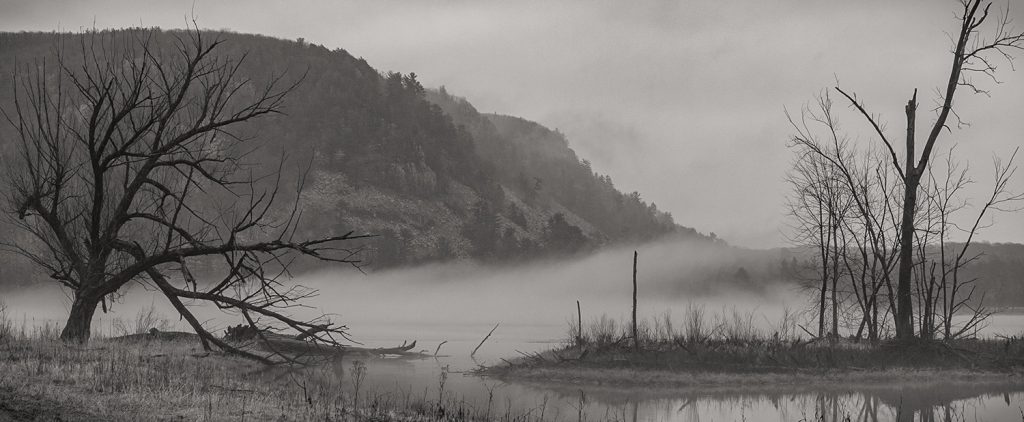
To the Ho-Chunk People, who have lived in this region for countless generations, the lake is known as Tee Wakącąk. This name conveys a profound reverence and spiritual significance for the lake and its surrounding bluffs. While difficult to fully capture in English, Tee Wakącąk describes the lake as a sacred place of extraordinary sanctity. For those unfamiliar with Ho-Chunk traditions, envisioning the lake as an ancient cathedral, a magnificent church, or other revered holy space helps understand the deep spiritual significance of Tee Wakącąk, a name and tradition that spans thousands of years.
In early encounters between European settlers and Native American tribes, cultural and linguistic barriers led to misunderstandings. Sacred sites revered by Indigenous peoples were often misinterpreted through the lens of different belief systems and cultural biases. During this period, descriptions of the lake’s spiritual nature were misconstrued, eventually leading to the name “Devil’s Lake.”
As tourism grew in the 1800s, alternate names like “Lake of the Two Hills” and “Wild Beauty Lake” were proposed, but “Devil’s Lake” became the commonly used name.
Today, while the lake is widely known as Devil’s Lake, many people, especially Ho-Chunk community members, continue to know and honor it as Tee Wakącąk. As visitors, we can appreciate this deeper history and do our part to respect this natural wonder’s enduring spiritual and cultural significance.
* Further Reading: Lange, Kenneth L. 1989. Ancient Rocks And Vanished Glaciers: Worzalla Publishing Company, Stevens Point, Wisconsin.
